Grand Army of the Republic Building
Introduction
Text-to-speech Audio
Images
The GAR Building circa 1920s-30s
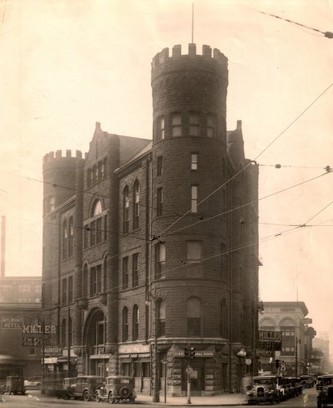
A postcard of the GAR Building circa 1900-1915
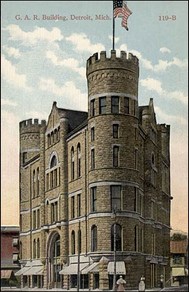
The cornerstone was laid July 4, 1899
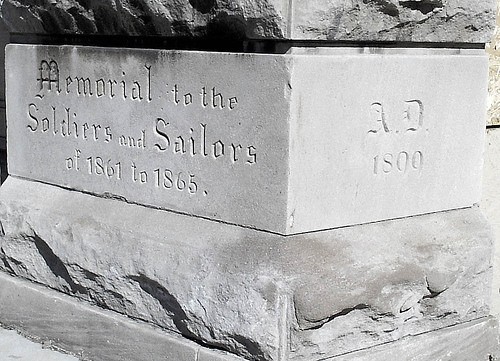
The GAR National Encampment March of 1891 was held in Detroit
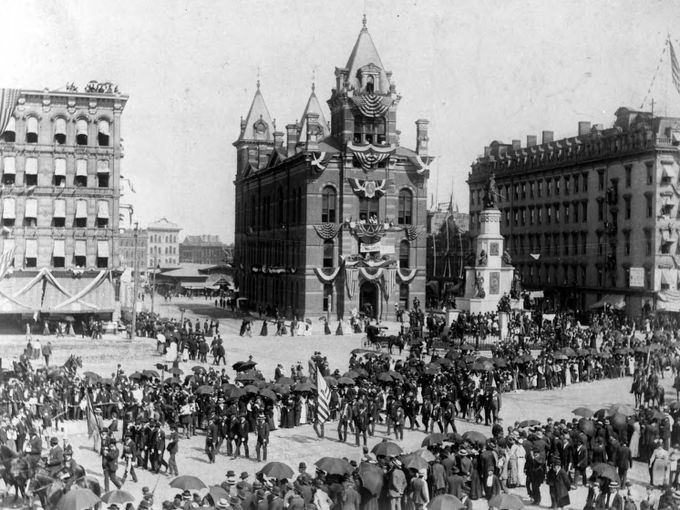
GAR members in 1932 in the auditorium. Notice the murals on the wall depicting Civil War battles.
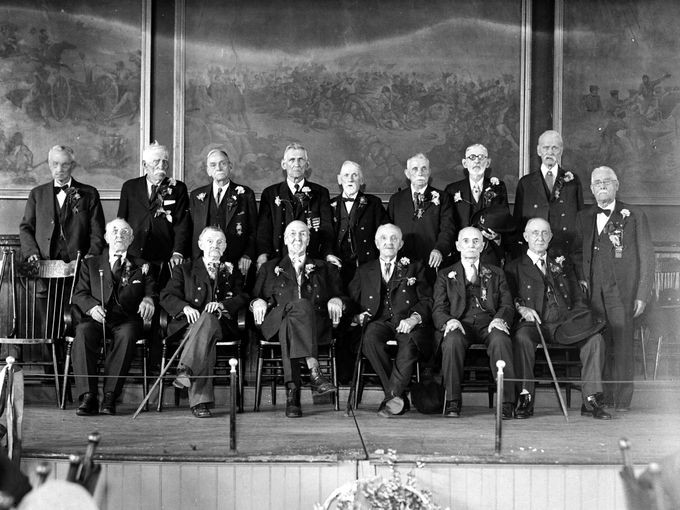
A 1934 article about its members when the GAR gave the building back to the city
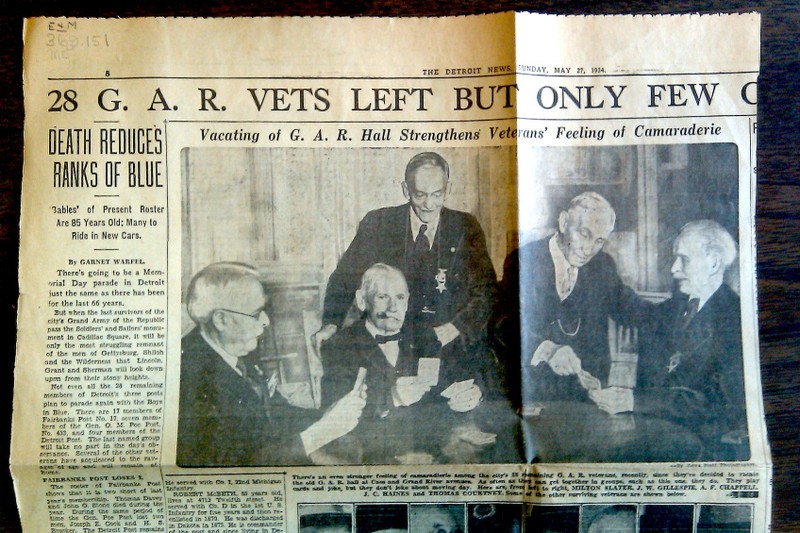
A plaque was discovered during renovation, dedicated to members who helped found Detroit's GAR post
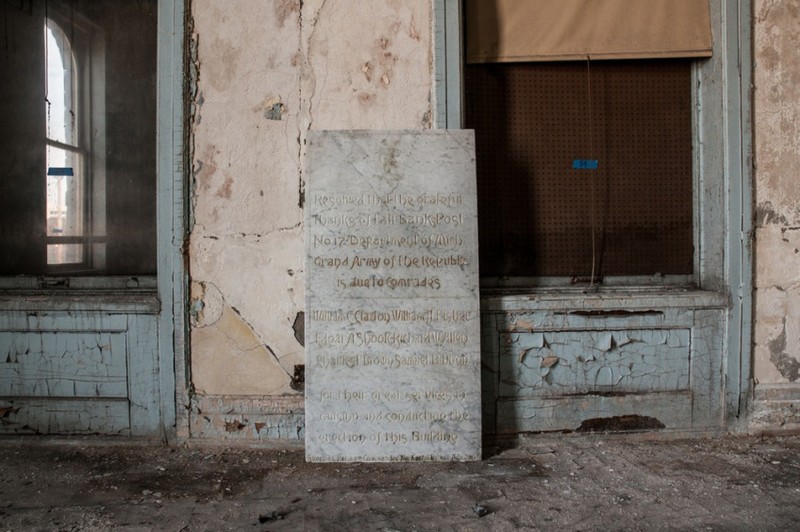
The auditorium during renovation
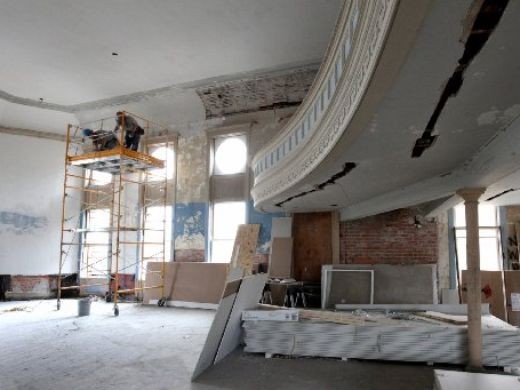
The stairwell during renovation. Notice the tiled floor with the GAR emblem
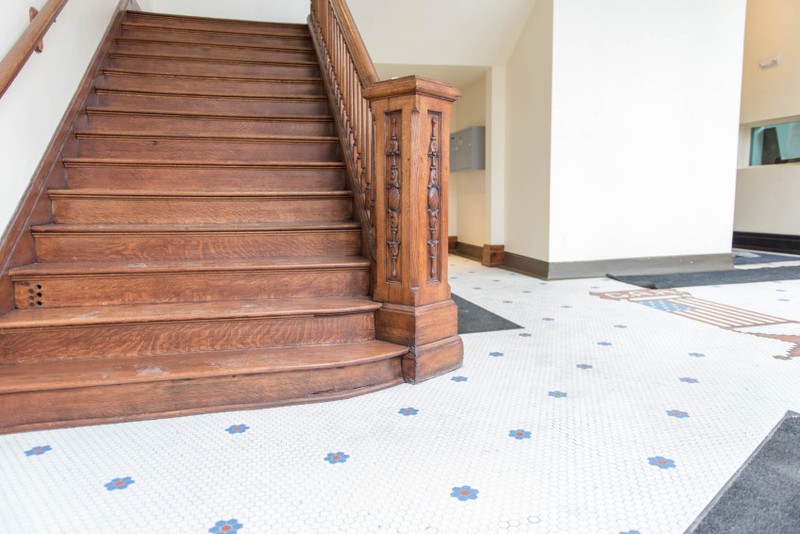
Items were found during renovation that date to when the building was occupied by the GAR; they are now on display.
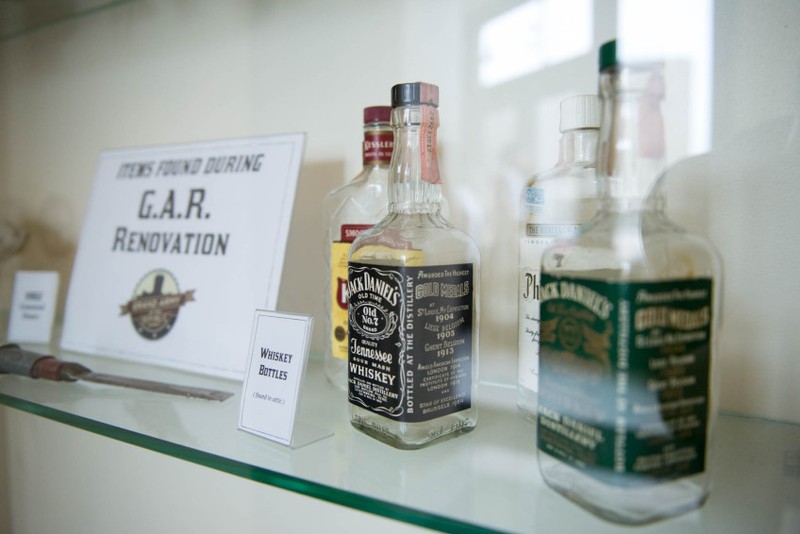
The auditorium is now used as Mindfield's work space. Notice the battle murals placed in the same location as the originals in a previous photo.
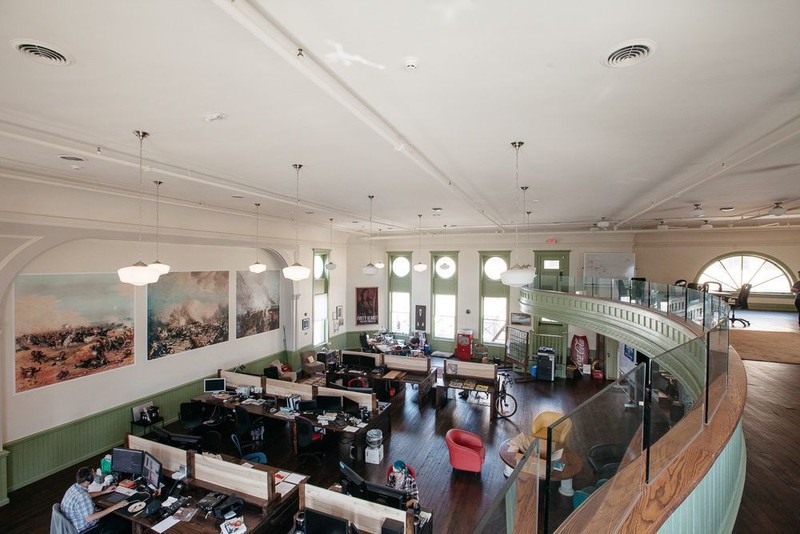
Republic restaurant on the ground level
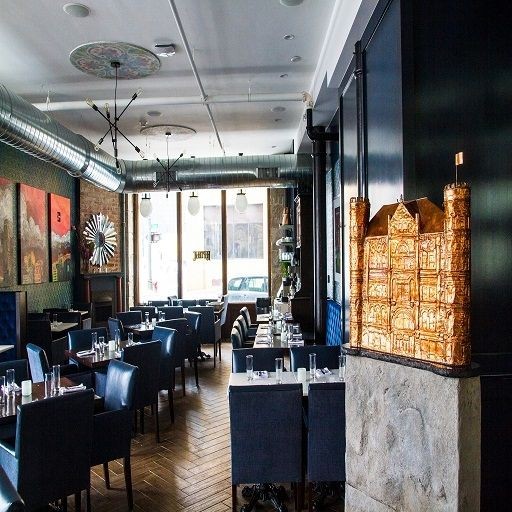
After renovation
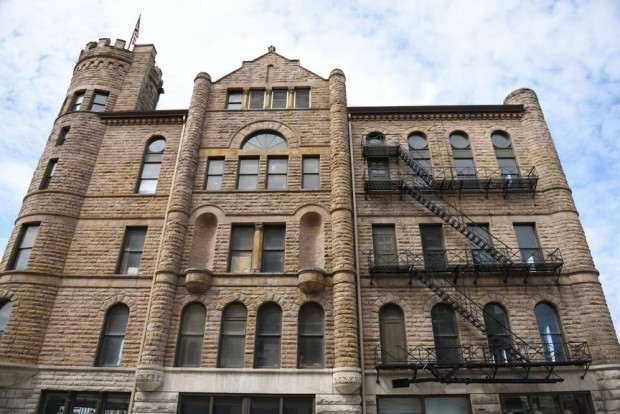
After renovation
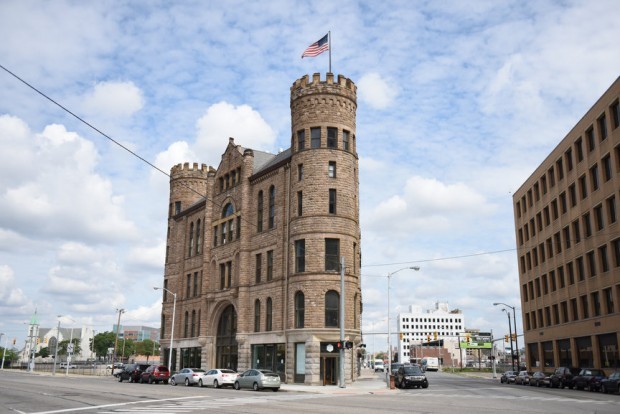
Backstory and Context
Text-to-speech Audio
The cornerstone of this post in Detroit was laid on July 4, 1899, and it was the largest GAR hall built in Michigan. The local GAR posts paid $6,000 towards construction while the remaining $38,000 was paid for by bonds sold by the City of Detroit.2 The stone Romanesque-style building was designed by Julius Hess in a triangular shape with castle-like battlements. The city leased the 25,000-square-foot building to the GAR rent-free for 30 years. The ground floor held shops, while the GAR and its affiliate organizations used the top four floors.2 Veterans could come to reminisce, relax, and play cards with one another. An auditorium with a balcony provided a stage for more formal gatherings.
In 1930, the lease was extended on a year-by-year basis, but by 1934, the group had agreed to let it go. Membership had dwindled as veterans passed away, and many of the remaining members were too old to have an interest in maintaining the building. The shops in the bottom of the building had helped pay utilities, but many had closed up. For a time, the affiliate organizations worked to try to keep the building for their meetings and as a memorial to the GAR veterans, but to no avail. The last GAR member in Detroit died in 1942; the last national member would die in 1956.2
In 1943, the City of Detroit’s Department of Parks and Recreation moved into the building. It became a recreation center for sports groups, tournaments, youth organizations, and community parties until closing in 1982. The building was placed on the National Register of Historic Places in 1986, but it remained vacant and in disrepair for decades. In 2011, it was finally purchased for $220,000 by brothers Tom and David Charleton, owners of Mindfield USA, an audio and video production company, and their business partner Sean Emery. Emery and the Charletons have invested millions into the restoration of the building, converting the space for commercial use over several years. The old GAR building now houses the Parks & Rec Diner and Republic Tavern on the ground floor while the office headquarters and work spaces for Mindfield USA are on the upper floors. There are several display cases of GAR memorabilia and items discovered during renovation as a tribute to its history.3
Cite This Entry
Nickel, Jamie. "Grand Army of the Republic Building." Clio: Your Guide to History. August 4, 2016. Accessed April 23, 2025. https://theclio.com/tour/2009/5

